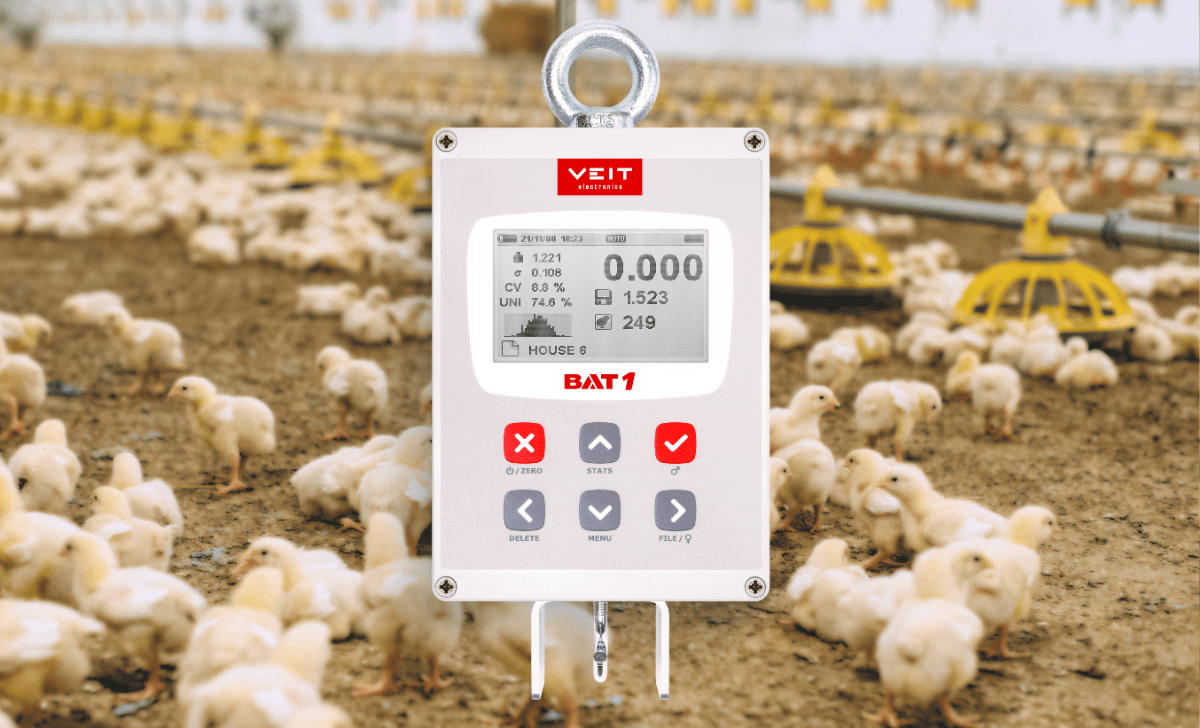When raising poultry, one of the most important decisions involves selecting the right feed type. The difference between broiler and layer feed goes far beyond simple protein percentages. It encompasses a complex balance of nutrients tailored to each bird’s specific production purpose.
Why Feed Type Matters
Here’s a general comparison of chicken feed types. The distinct differences between broiler and layer feed start with their fundamental purposes. Broilers are raised for rapid meat production, reaching market weight in just 5 weeks (Anderson International, 2023). Layers, conversely, produce eggs for 10 to 12 months, requiring sustained energy for long-term production (Anderson International, 2023).
Critical Nutritional Distinctions
Protein requirements between broilers and layers show stark contrasts. Broiler nutrition requirements demand starter feeds containing up to 24% protein during the first four weeks, supporting explosive growth rates (Anderson International, 2023). The feeding program of broilers then shifts to grower feed with approximately 20% protein and finisher feed around 18% protein (Anderson International, 2023).
Meanwhile, layer hen feeding program protocols maintain 16-18% protein throughout production (Hobby Farms, 2025). The focus shifts to calcium, not protein. Layer feed formulation differences include 3-4% calcium content to support eggshell production, which comprises roughly 90% calcium (Anderson International, 2023). Feeding high-calcium layer diets to young pullets can cause kidney failure and bone problems (University of Georgia Extension, 2016).
Energy and Specialized Nutrition
Poultry feed formulation differences extend to energy density. Compared to that of laying hens, broiler chicken nutrition requires higher metabolizable energy levels, typically 3200 kcal/kg in grower feeds compared to 2800-2900 kcal/kg for layers (Aviagen, 2019). This energy difference supports the rapid muscle development essential for meat production.
Specialized poultry feed types also differ in micronutrient profiles. Layers need specific vitamin and mineral ratios that transfer directly into egg quality (Hobby Farms, 2025). The nutrients you feed become the nutrients found in eggs.
Precision Monitoring Supports Better Feeding
Accurate weight monitoring ensures your broiler or layer feeding programs deliver optimal results, especially when dealing with pullets. The BAT2 Connect automatic poultry scale provides real-time growth data, helping you adjust feeding programs precisely. For manual verification, the BAT1 manual poultry scale offers unparalleled accuracy to track flock uniformity and growth patterns, while physically assessing flock welfare.
Integration with BAT Cloud allows you to compare actual growth against breeder recommendations, ensuring your nutrition program stays on target. Because feed represents up to 70% of production costs (Alqaisi et al., 2017), reliable weighing and data-driven feeding adjustments directly impact profitability.
The bottom line? Broiler vs layer feed differences demand specialized formulations matched to production goals. Understanding these distinctions, monitoring growth accurately, and adjusting feeding programs accordingly separates successful operations from struggling ones.
References
Alqaisi, O., O. A. Ndambi, and R. B. Williams. 2017. Time series livestock diet optimization: cost-effective broiler feed substitution using the commodity price spread approach. Agric. Food Econ. 5:1-19. https://agrifoodecon.springeropen.com/articles/10.1186/s40100-017-0094-9
Anderson International Corp. 2023. Comparing the Poultry Nutrition Needs of Broilers vs. Layers. https://www.andersonintl.com/comparing-the-poultry-nutrition-needs-of-broilers-vs-layers/
Aviagen. 2019. Ross Nutrition Specifications. http://es.aviagen.com/assets/Tech_Center/Ross_Broiler/RossBroilerNutritionSpecs2019-EN.pdf
Hobby Farms. 2025. Chicken Layer Feed & Broiler Feed: Know the Difference. https://www.hobbyfarms.com/the-difference-between-layer-broiler-diets/
University of Georgia Extension. 2016. Feeding Poultry Right. https://site.extension.uga.edu/poultrytips/2016/10/feeding-poultry-right/
Alabama Cooperative Extension System. 2025. Nutrition for Backyard Chicken Flocks. https://www.aces.edu/blog/topics/farming/nutrition-for-backyard-chicken-flocks/
